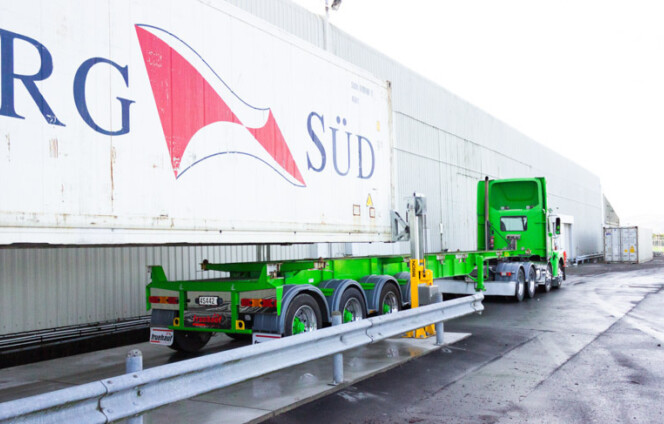What Is Underloading Costing You?
If a shipper can safely increase the payload of each container by 10%, they would ship 10% fewer containers per year, reducing shipping costs. For instance, if a business ships 200 containers in a year, underloading by 10% at an average shipping cost of $2,000 per container would result in a cost of $40,000 per year.
Here’s an example:
| Commodity Output | 3,600 | tonne |
| Average Payload | 18 | tonne |
| Optimized Payload | 20 | tonne |
| Shipping Cost | $2,000 | per container |
| Commodity Price | $1,000 | per tonne |
Another hidden cost of underloading containers is the negative impact on revenue and cash flow. Underloading delays sales and cash receipts and increases the cost of funding a business. Optimizing each container load allows for a quicker realization of sales receipts and frees up capital for other uses. Ultimately, this cost depends on the time value of money in a business. Using the above example of a commodity worth $1,000 per tonne and a cost of capital of 12%, optimizing container loads by 10% could add another $6,120 to a business's annual revenue.
| Average | Optimized | Difference |
| Shipping Costs | $400,000 | $360,000 | $40,000 |
| Cost Capital | $6,120 | — | $6,1250 |
| Total Savings | | | $46,120 |





